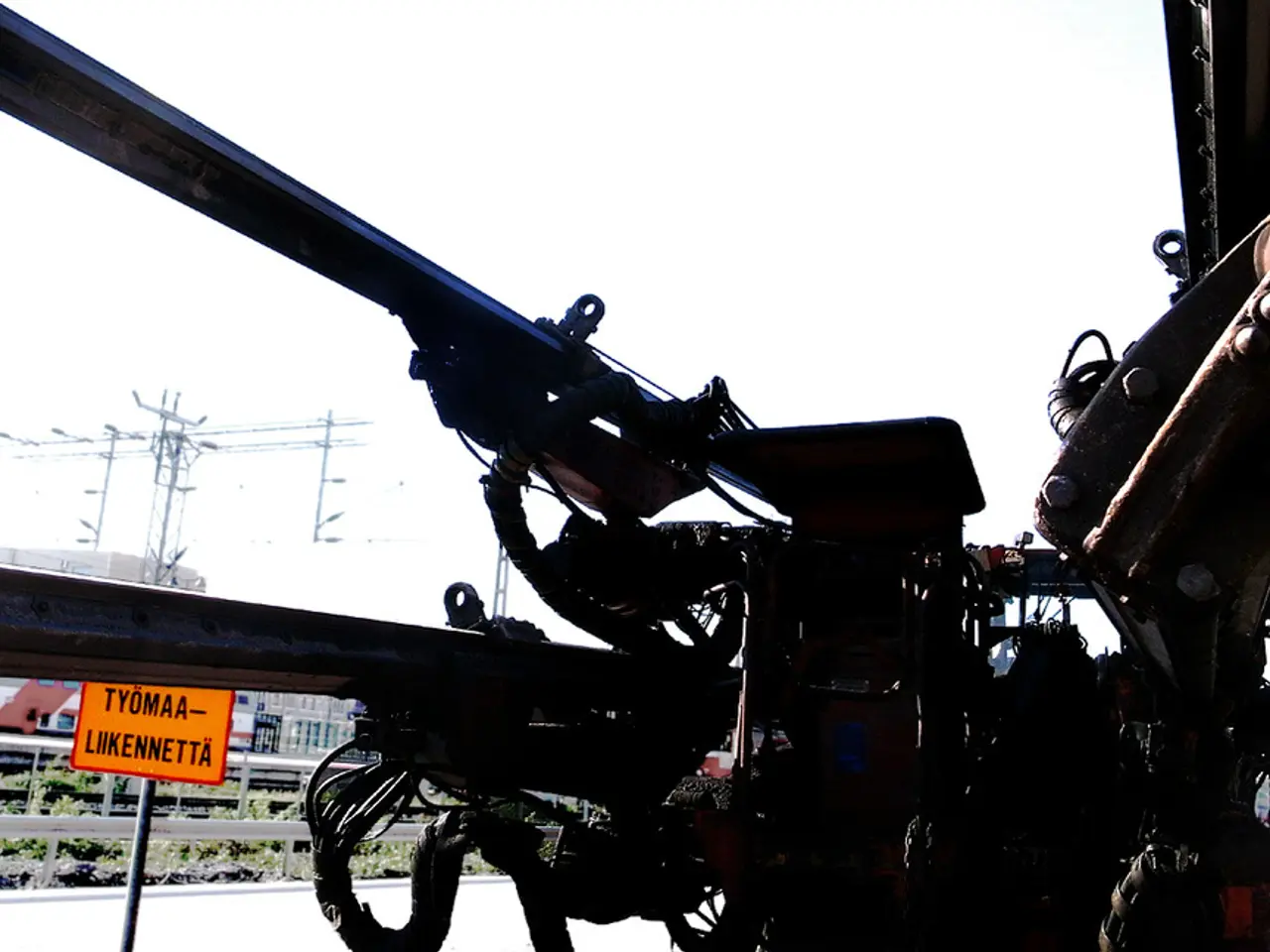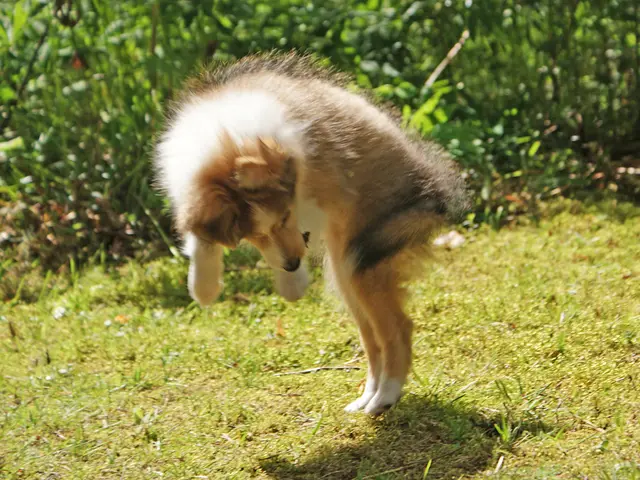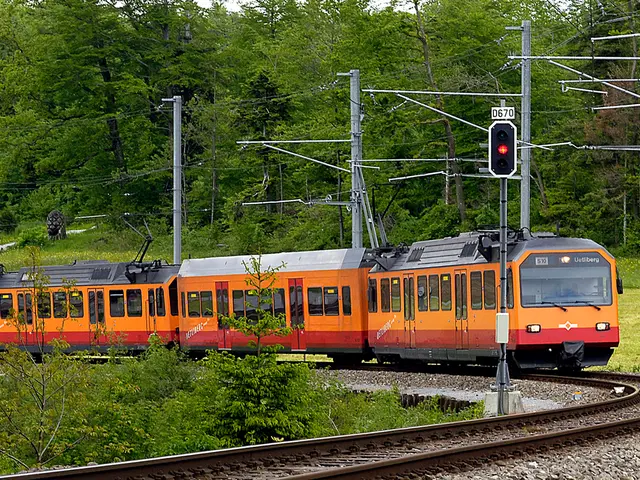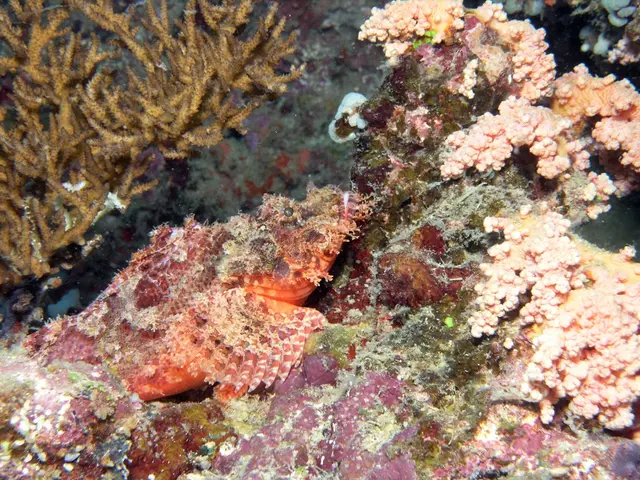HTW Dresden's SNAPS Project Harnesses Human, Animal, Machine Movements for Electricity
Scientists at HTW Dresden are working on an innovative project called SNAPS. Their goal is to generate electricity from human, animal, and machine movements using a new type of energy harvester.
The research team, part of the Dresden University of Applied Sciences, is developing energy harvesters that consist of a small generator and matching electronics. These ensure high efficiency and adapt the voltage to the connected consumer's requirements.
The energy harvesters are designed to be easily expandable, ranging from a few centimeters to several decimeters in size. They are intended for various applications, such as monitoring machines and plants, like wind turbines, and supplying energy to tracking chips in dairy farming. The materials used in the harvesters are recyclable, making them sustainable and eco-friendly.
The SNAPS project aims to create a new generation of energy harvesters that convert environmental energy into usable electricity. These harvesters are designed to function largely autonomously, have a long lifespan, and be more resource-efficient in production compared to conventional batteries.
The SNAPS project at HTW Dresden is making strides in sustainable energy generation. By converting human, animal, and animal kingdom movements into electricity, these innovative energy harvesters could revolutionize power supply in various industries, from agriculture to manufacturing.
Read also:
- Klinikum Landshut Recognized for Exceptional Care in Breast Cancer, Urology, and Orthopedics
- Senate Tillis under spotlight in North Carolina as IRA tax incentives remain uncertain
- Girona Boosts Hunter Safety with Automated Defibrillators
- projected growth for the natural acetoin market: $291.6 million by 2034








